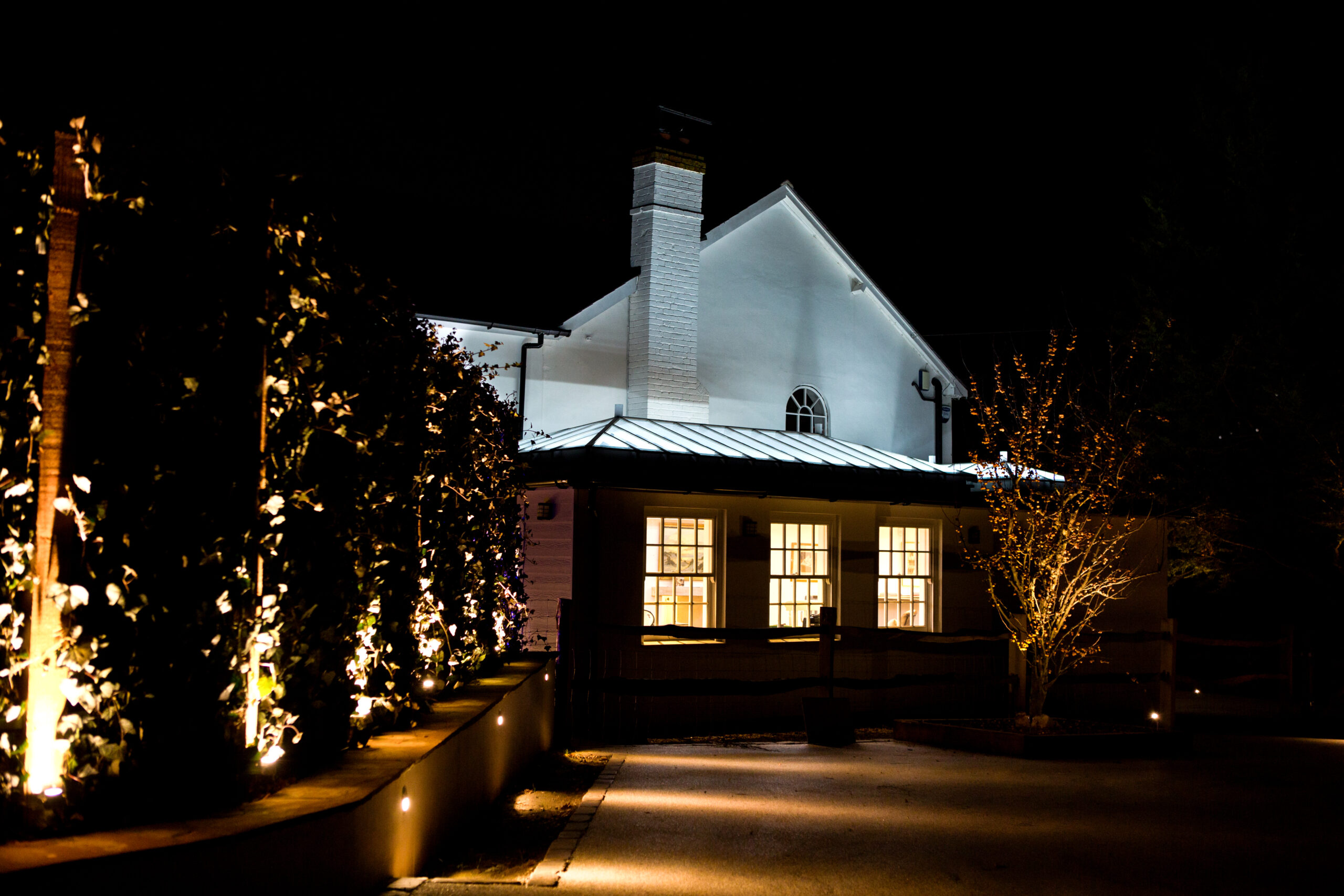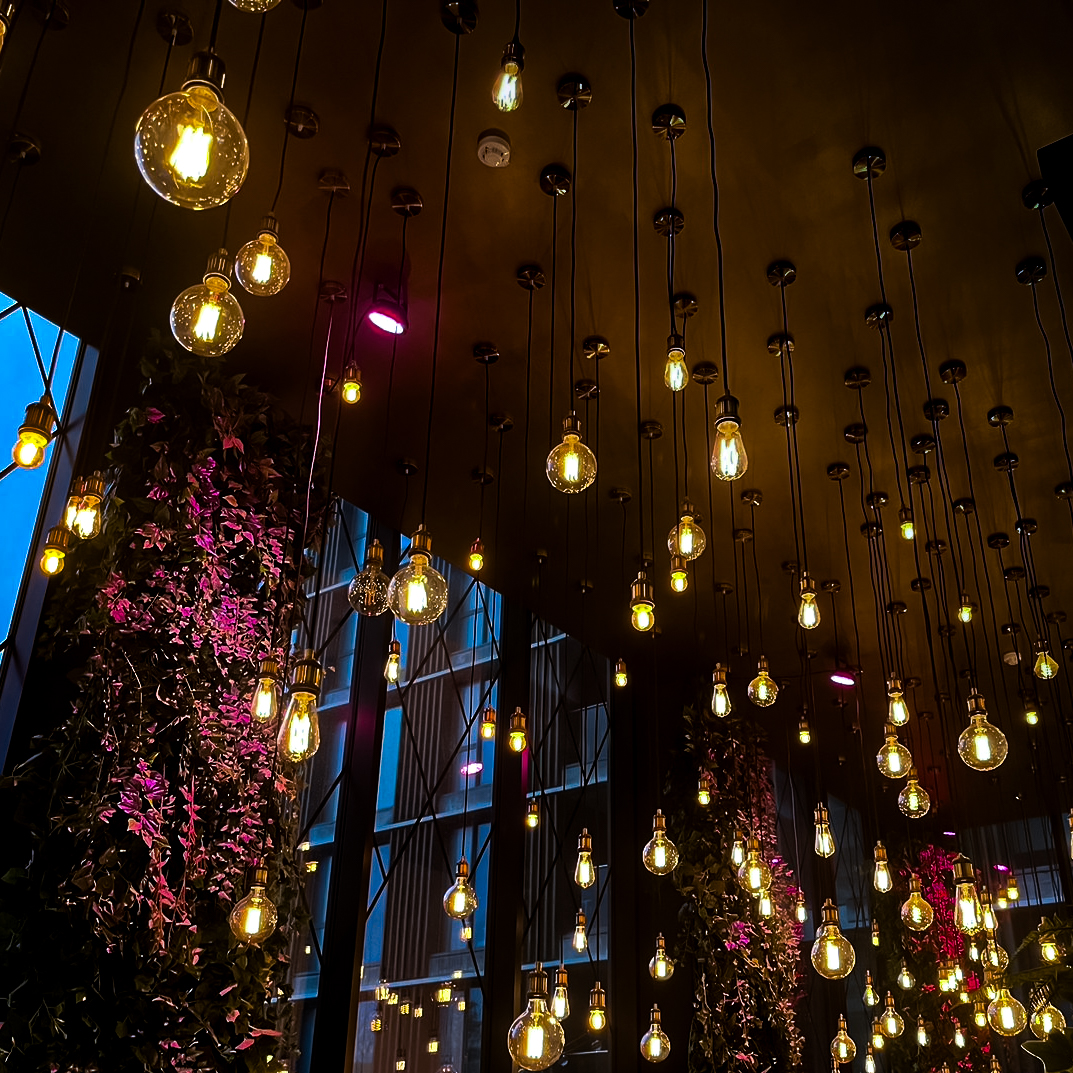Gardens are often ‘not just gardens’ anymore. Rather, they are multifunctional outdoor spaces that add to the quality of peoples living experiences. As such it is crucial when designing your garden and outdoor space, that each aspect is attentively considered and exhibited, this is where lighting design comes in!
Outdoor lighting design is a clever mix of light, display and shadows. Lighting design can be used to enhance any outdoor space, cleverly extending a person’s perception of the interior. Even a little light can go a long way at night, creating a space that is completely alternate to the view a person will see in daylight.
Here are some of our top tips for garden lighting design:
- Think layers! Just as you can layer lighting in a home, so can you layer lighting outdoors. Think up lighting meets cross lighting to show off those beautiful features.
- Shine some light on those water features, it is amazing how effective even one underwater spotlight can be or, the use of fibre optics to create fairy tale feel effects.
- Thinking about colour temperatures makes such a huge difference. Cooler temperatures usually work better in outdoor spaces although warm tones may be a subtle way to really show off certain foliage, bringing out their warmth. If colour matching, do not assume there is a generic warm or cool white across manufacturers; rather check the colour code, as each manufacturer may interpret warm or cool white, differently to one another.
- Going for the glow, the moonlighting technique involves using spotlights in trees, creating beautiful dappled pools of light, to signpost pathway or communal areas. The key here is to ensure that your lights are pointing downwards, or they may feel glare rather than glow.
- Unsightly cables are a big no. To ensure that yours aren’t on display ensure they are cased within mesh re-enforced tubing. This will keep them safe from digging and also any wildlife that may fancy a nibble.
- Think about embracing the changing seasons and ensuring that your lighting design offers a level of flexibility. For example, by using LED spike lights which can be moved to match the gardens natural growth pattern throughout the course of the year.
- A little light will travel a long way in your garden at night. The rule is that less is more,use your lighting selectively and remember to use the darkness for effect too.
- Don’t forget to pay attention to connections and drainage– the connections must be made watertight or moisture will travel up the cables, damaging your fittings. Drainage is also vital, especially when using recessed lights.
- Think about using contrast and spacing within your garden, sometimes lighting every second step can be far more effective than lighting each one. Play with the lighting and use those shadows!


